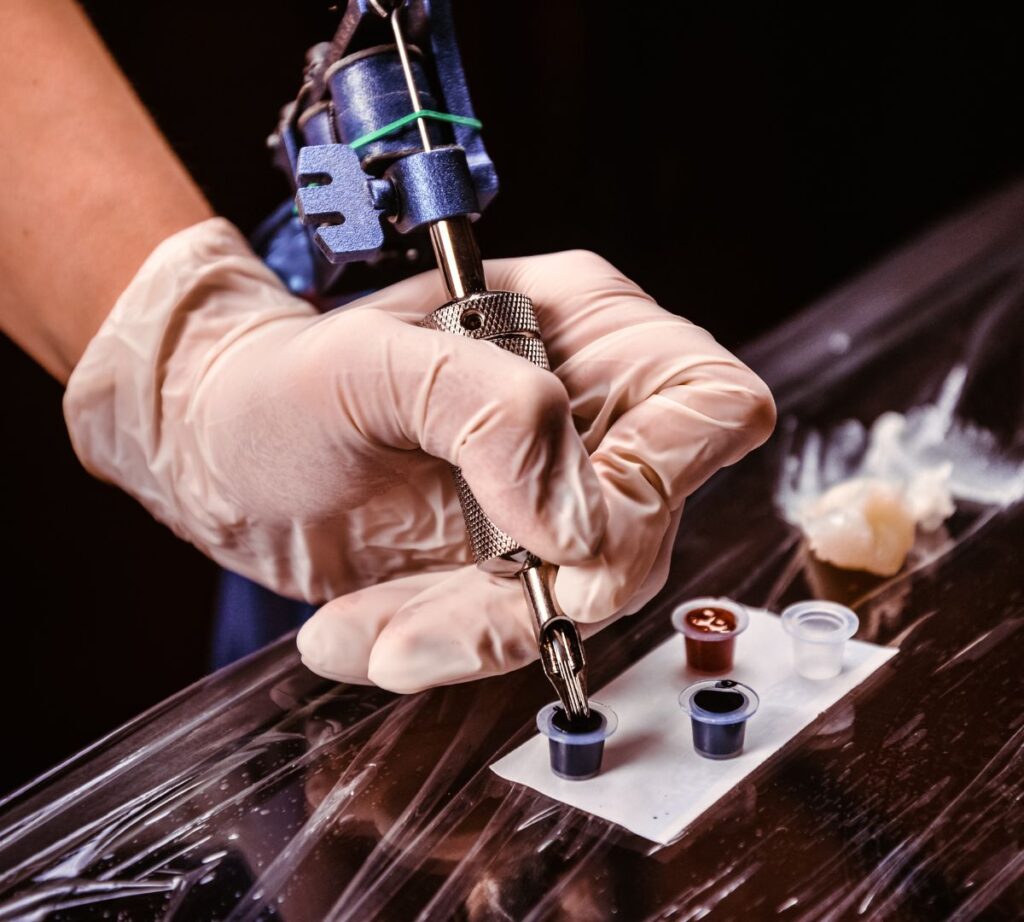
In recent years, tattoos have become a prevalent form of self-expression, appealing to individuals from all walks of life. Tattoos are undeniably aesthetically appealing. However, new research has raised health concerns. It links tattoos to lymphoma. This article delves into a recent study that found a 20% increased risk of lymphoma among tattooed individuals. By understanding these risks, consumers can make informed choices and prioritize safer tattoo practices.
Lymphoma is a cancer originating from the immune system’s cells, particularly the lymphocytes. The lymphatic system, an integral part of the body’s immune response, can be adversely impacted by specific factors, including tattoo ink. A groundbreaking study in Sweden found this risk. It suggested that the chemicals in tattoo ink might be a cause.
The Study: Methodology and Findings
Researchers in Sweden studied lymphoma patients to find standard links. Researchers identified a 20% increased risk of lymphoma in people with tattoos compared to those without. One surprising finding from the study was that the size or number of tattoos did not increase the risk much. Even a single tattoo was enough to raise the likelihood of developing lymphoma.
Also, the study found that tattoo ink particles could move within the body. They could end up in the lymph nodes. This migration and buildup happen in the lymphatic system. They are suspected to disrupt normal immune functions. This disruption could increase the risk of lymphoma. These findings underline the importance of considering what substances are introduced into the body via tattoo ink.

UNDERSTANDING THE RISKS AND RECOMMENDATIONS
The study found alarming things. So, potential tattoo recipients and practitioners must know the risks. Here are several recommendations based on the study’s conclusions:
Not all tattoo inks are created equal. It’s vital to research the ingredients in tattoo inks and opt for those tested for safety. Certain inks might contain harmful chemicals or heavy metals that can pose long-term health risks.
To lower these risks, pick a professional, reputable tattoo artist. Experienced artists are more likely to use higher-quality, safer inks.
Monitor your health after getting a tattoo. See medical advice immediately if you see any unusual symptoms, like lasting inflammation or lumps near the tattoo. Early detection of lymphoma and other health issues can significantly improve treatment outcomes.
Keep abreast of ongoing research and updated regulations regarding tattoo ink safety. As the understanding of tattoo-related health risks evolves, so will the best practices for mitigating these risks.
Tattoos are a popular art form, but it is crucial to recognize and understand their risks. To do this, people must make informed decisions and advocate for safer practices in the tattoo industry. This way, they can keep enjoying the art form while reducing health dangers.
CONCLUSION
A study suggests that tattoos may have unseen health impacts. As tattooing continues to be an integral part of many cultures worldwide, it is imperative to prioritize safety through informed choices and advocacy for safer tattoo inks. The goal is to enjoy tattoos’ beauty and uniqueness, but we shouldn’t harm our health.

Exciting Updates in PlayStation Plus: New Game Catalog and Iconic Capcom Titles
Hey there, PlayStation fans! It’s that time of the month again when we eagerly anticipate the latest updates to PlayStation Plus. June’s update brings a

Asus Rog Strix G18 Review: A Visual Content Creator’s Perspective
Gaming laptops have changed. They now cater not just to gamers but also to visual content creators. The creators demand precise colors and large screens

Sweltering Heat Wave Prompts Excessive Heat Warning Across North Country
The mercury is soaring to unprecedented levels. The National Weather Service has issued an excessive heat warning for the North Country. It is effective immediately

Nintendo Direct June 2024 Unveils Exciting Lineup, Including Zelda’s New Adventure
Nintendo fans worldwide tuned in with anticipation to the latest Nintendo Direct broadcast on June 18, 2024. The event did not disappoint, delivering thrilling announcements

Enigmatic Monolith Emerges in Nevada, Echoing Global Phenomenon
This is a curious turn of events. It’s like the global monolith sightings of 2020. A new reflective monolith has been found in the Nevada

How to Fix Scratched Sunglasses: Top DIY Methods
Eyeglasses are normally scratch-resistant but not scratchproof. Due to daily use, exposure to the environment, and wear and tear, scratches may occur on sunglasses. It






